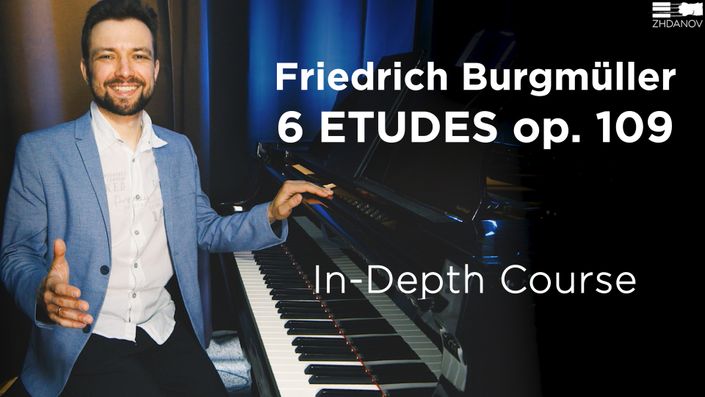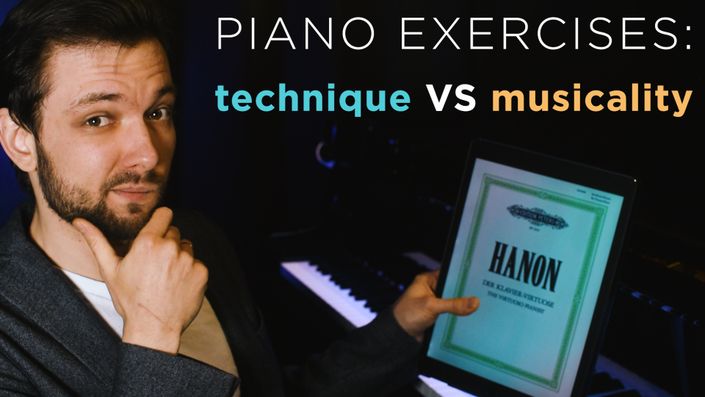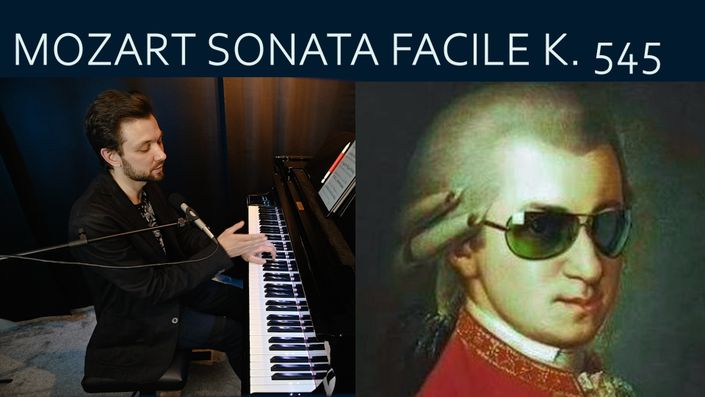
Etudes by Henri Bertini op.29 are perfectly suitable for intermediate piano players who want to improve finger dexterity, and optimize their piano technique. This course is focused on those etudes that improve efficiency in scales and arpeggios.
However, each of them is a vibrant piece of music full of expressivity, and this course will help you to develop artistic aspects of piano playing as well.
In this detailed course I am explaining these etudes step-by-step, leading you through each piece, in particular focusing on the following aspects:
- Memorizing via understanding the musical language: a basic music theory analysis in order to learn pieces faster
- Fingering suggestions and/or alternatives explained
- Different practicing strategies and technique optimization in the light of the modern piano playing efficiency knowledge
- Working on musicality and expressivity: these aspects are not standing apart, but tightly intertwined with the technical efficiency
Not sure? Check out an excerpt from this course on YouTube

Etudes No. 1 & 7
will help you to boost finger dexterity, improve position changes, master different scales, as well as to master sudden character changes. Although the primarily purpose of these etudes is a technique development, they are very exciting pieces to play.

Etude No. 8
is full of humour and "harmonic mazes". In the course I am explaining in detail its structure so you could learn it faster, and boost not only your technical skills, but also refresh some music theory skills as well.

Etude No. 11
Students usually love this piece, because it sounds amazing, full of passion in its romantic darken mood, but at the same time it's quite comfortable to play, because right hand operates always within one hand position.
It looks quite impressive though, because left hand takes a note on the second beat over the right hand. I explain in detail the structure and efficiency of this piece, and of course dive deeper into interpretation aspects.
Curriculum
- Introduction and the score
- Etude No.1: Learning (20:34)
- Etude No.1: Efficiency and Expressivity (18:18)
- Etude No.1: Slow Tempo Demonstration (2:21)
- Etude No.7: Learning (10:44)
- Etude No.7: Efficiency and Expressivity (13:51)
- Etude No.7: Slow Tempo Demonstration (1:01)
- Etude No.8: Learning and Technique Efficiency (18:46)
- Etude No.8: Slow and real tempo demonstrations with comments (3:23)
- Etude No.11: Learning (8:20)
- Etude No.11: Efficiency and Expressivity (11:10)




